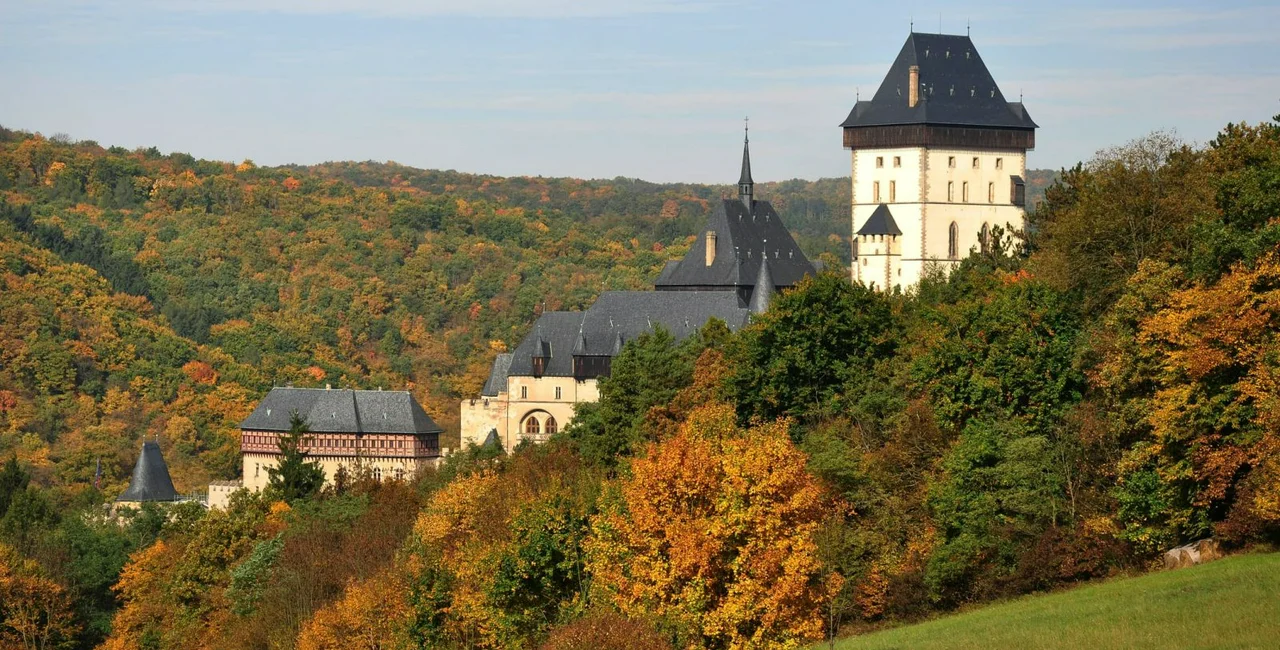The Český kras— in English, Czech karst — a vast network of limestone gorges, caves, and forest groves, is a majestic spot year round, but no more so than when autumn leaves color the ancient river valley dividing this protected landscape area.
I recently explored the Czech karst nature reserve, a short, but scenic train ride from Prague, with forester turned tour guide Pavel Šedivý.
Šedivý ’s “country strolls” and “wildside treks” are slow-travel excursions that offer more than just historic highlights of a Central Bohemia resplendent with gothic structures and Baroque churches.
View this post on Instagram
A post shared by Pavel Šedivý (@czechtrekguidedhikes) on
During our walks he unapologetically geeks out over the rare flowers and butterflies, giant beech trees, and ancient fossils indigenous to the area (nature lovers from all corners of the globe follow his Instagram account):
“This region has been inhabited for seven millennia,” he says. “Trilobites roamed Paleozoic seas for 270 million years, they’re now an emblem of the karst.”
For those who want to experience the changing seasons, Šedivý says now is an ideal time to visit.
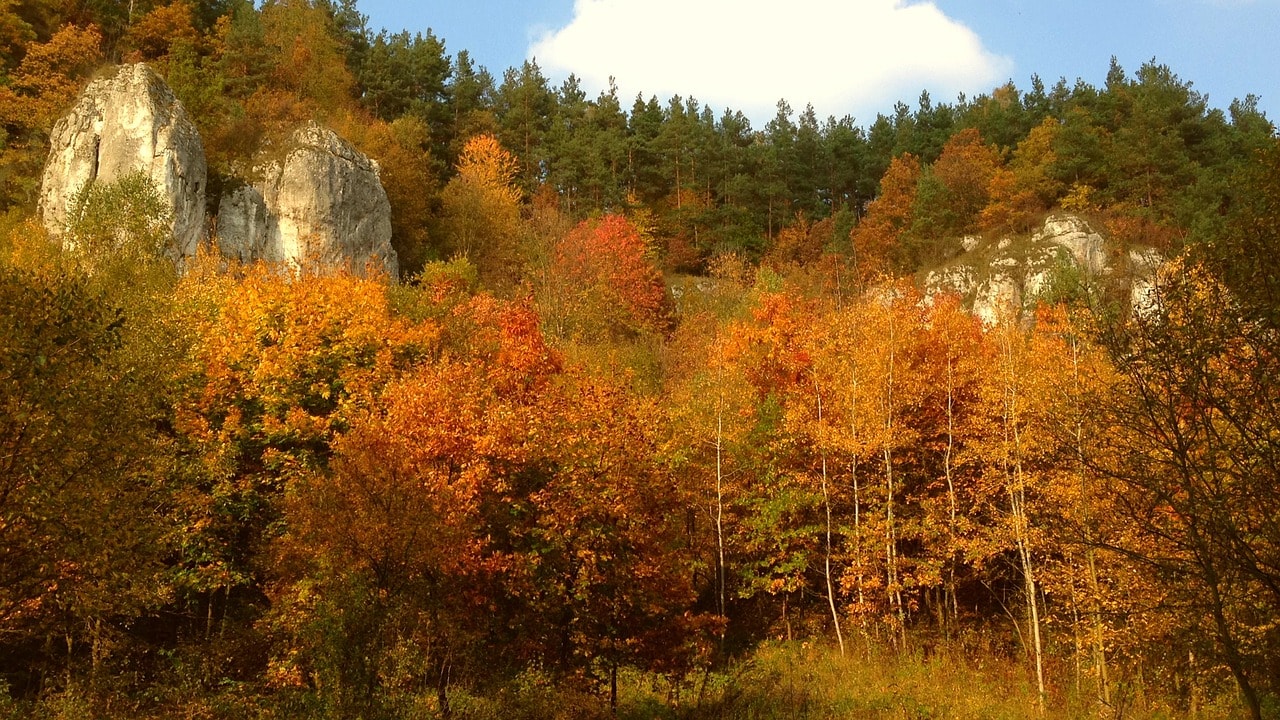
But when faced with a rugged landscape spanning 128 square kilometers where does the day-tripper begin?
Start Out In Srbsko
On each of my hikes with Šedivý we begin in the sleepy village of Srbsko, itself a day-trip worthy destination situated on the Berounka River, housing a cluster of Czech restaurants and pubs with canoe rentals and a campground.
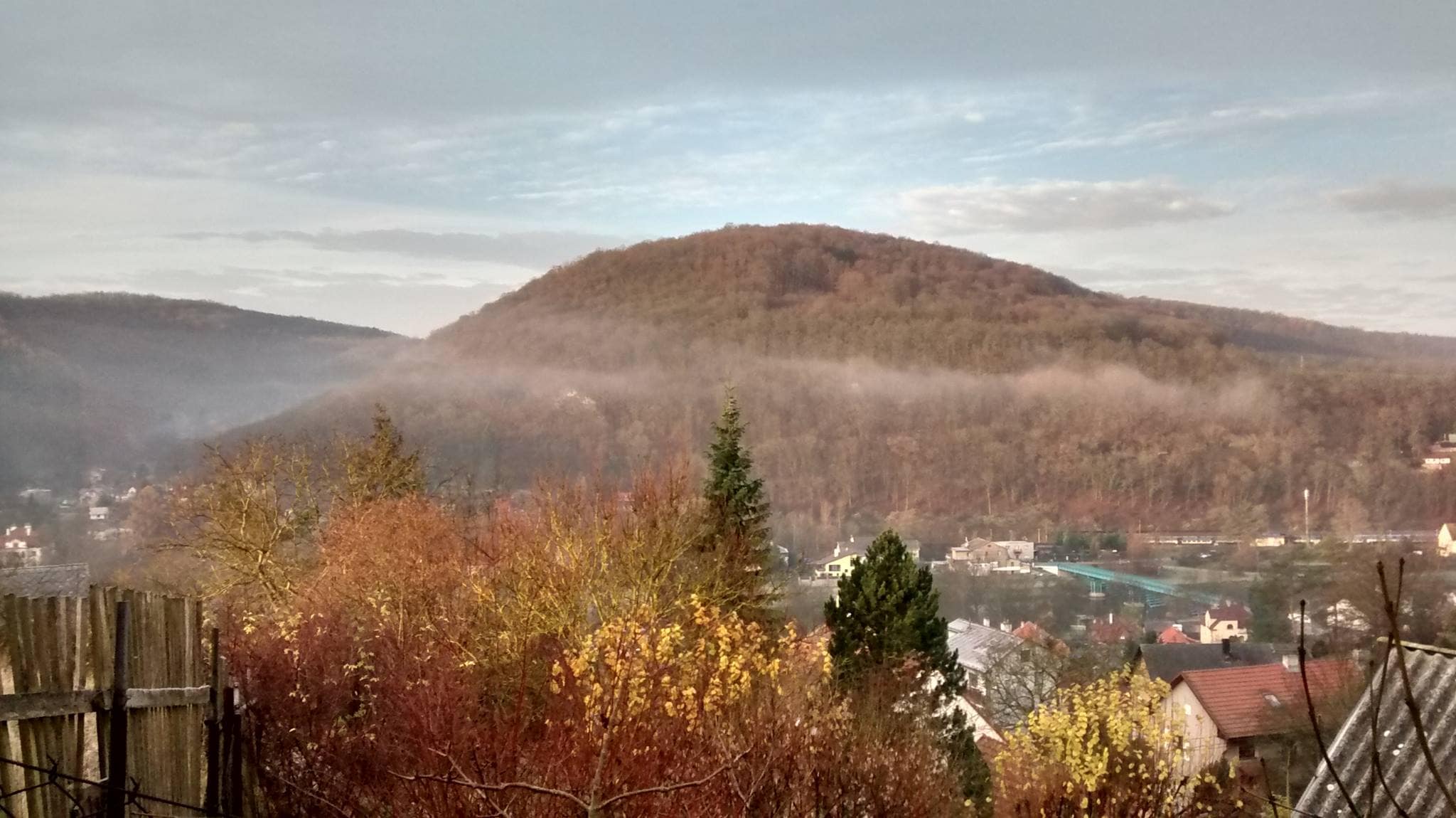
It’s an easy starting point for a number of autumn walks, he says, including a 4-km meanderto Tetín, one of the oldest settlements in the Czech lands.
“This is the site of the murder of St. Ludmila, grandmother of St Wenceslas and an early figurehead in the spread of Christianity in Bohemia, who was exiled for her faith before retiring to Tetín where, on the orders of her daughter-in-law, she was strangled with her scarf,” Šedivý explains.
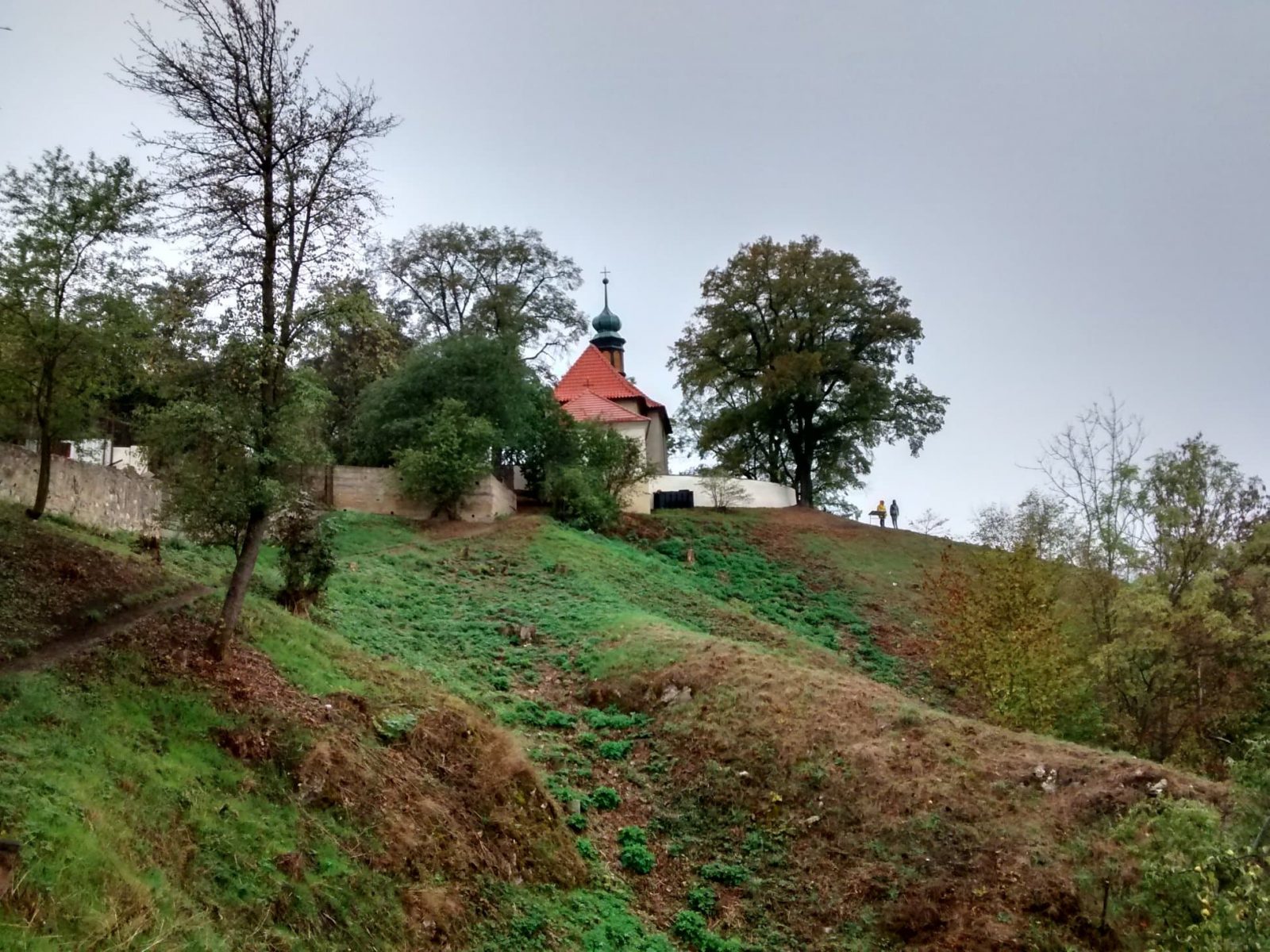
The ancient pilgrimage site is home to the early Baroque church of St. Ludmila as well as a 13th-century castle ruin with a panoramic view of the autumn foliage and Berounka Valley from the Tetín rocks. (And a notable local winery with garden seating!)
From Srbsko, we reach Tetín via the newly opened stretch of the cyklotrasa, a cyclepath (it’s also open to hikers) which will eventually connect all the castles and chateaus from Prague to Beroun.
View this post on Instagram
A post shared by Pavel Šedivý (@czechtrekguidedhikes) on
Continuing on through the wooded trails of the Koda national nature reserve — known for its old-growth forests and rich biodiversity — we step off the marked trail to explore Šedivý’s favorite lookout point for the Berounka Valley:a rocky outcrop that teeters over the river above the Tomášův Quarry.
To get there: Srbsko to Tetín 8-km roundtrip
Rock Out with Saint Jan
Srbsko is a convenient starting point for yet another pilgrim route with a dazzling overlook.
Svatý Jan pod Skalou (“Saint John under the Rock”), is a village that rewards hikers with hidden caves, healing spring water, and a sweeping vista from the churchyard of its 17th Benedictine monastery, poised atop a massive limestone cliff.
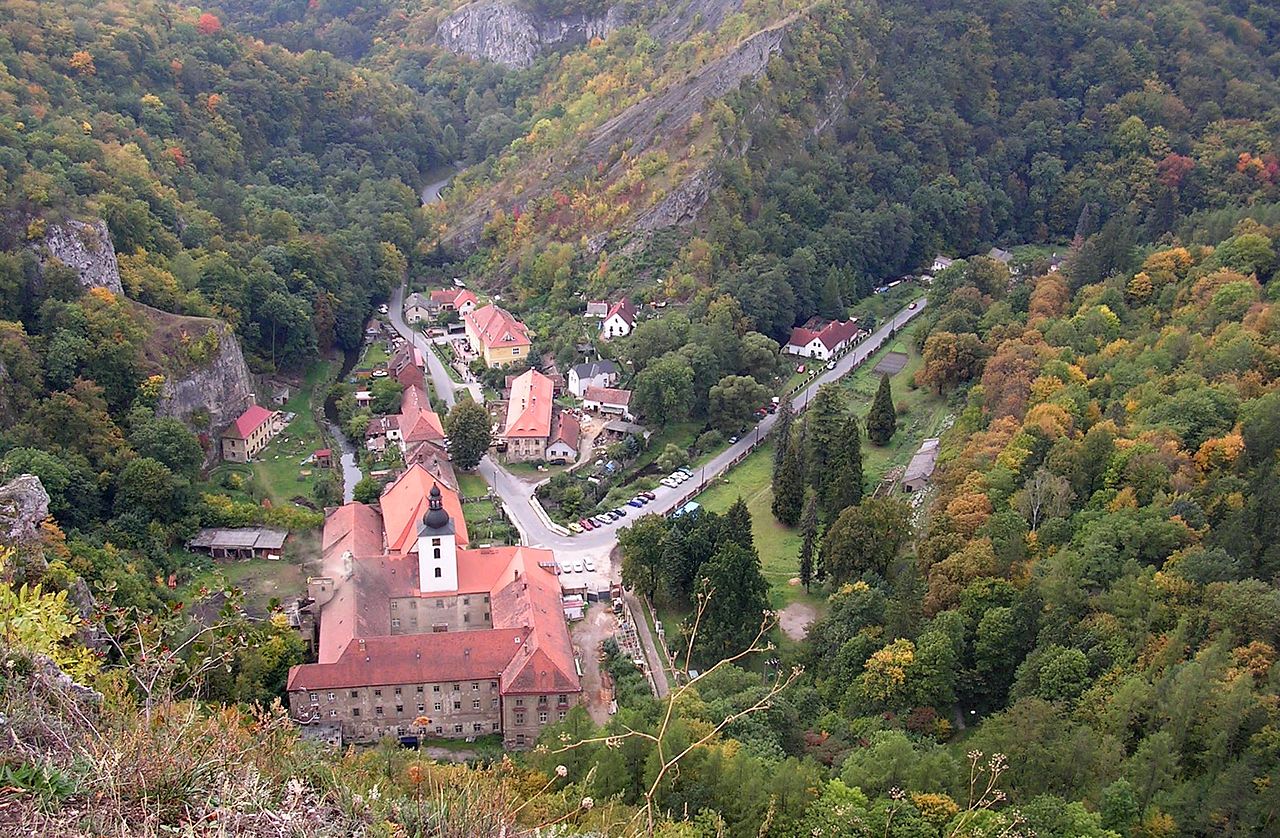
To get there, we follow the green trail marker from Srbsko to the limestone sinkholes of the Propadlé vody valley crossroadand then hit the red trail marker to Svatý Jan pod Skalou — spotting the former quarry at Chlum and a warren of caves where prehistoric animals have been unearthed.
Visitors can fuel up for the climb in the village of Hostím where charming period pub U Krobiána has excellent home cooking if slightly unpredictable opening hours.
To get there: Srbsko to Svatý Jan pod Skalou 11.7 km roundtrip
Sneak Up On Karlštejn Castle — from Behind
Karlštejn Castle is one of the pearls of the region, and all of Šedivý’s tours lead here.
Though I’d visited many times before, on my guided hiking tour we set out from Srbsko along the yellow marker, stopping to explore a series of natural wonders along the way.
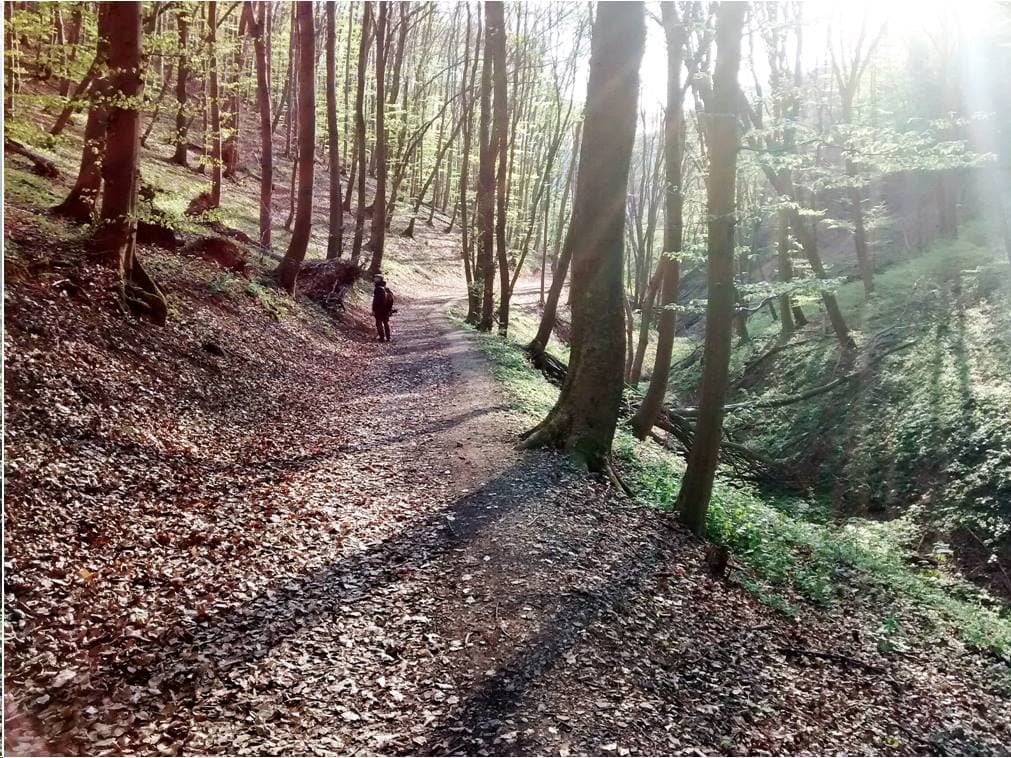
On the red trail marker, we encountered the oldest active hiking trail in the Czech Republic, a part of the Camino de Santiago pilgrim route that leads to Santiago de Compostela in Spain, and the oldest hiking trail in the country now submerged in the Vltava River at the Štěchovice Reservoir.
En route to Karlštejn, Šedivý showed us Karlova Studanka, a forest spring that was used as a rest stop by Karel IV on hunting expeditions, according to local lore.

As we made our way toward the 14th-century stronghold of Holy Roman Emperor and Bohemian King Charles IV via the wooded trails and oak forests of the karst, the spires of the castle’s northern side slowly came into focus at the edge of a foliage-lined field.
Once inside the castle complex, Šedivý points to a rock wall in the courtyard: “I get a lot of questions about the architecture of the castle itself but what I find more fascinating is this wall which is built into the rock of the hillside, you can see the rock formation sticking out underneath.“
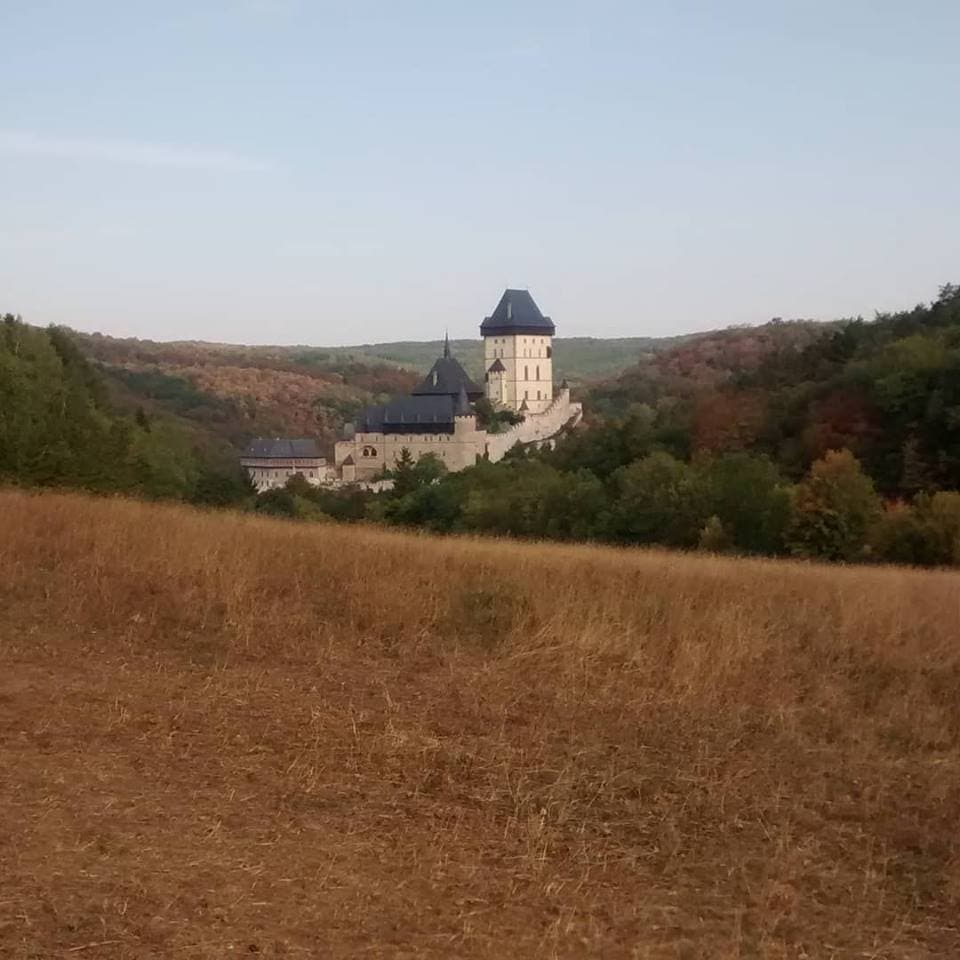
Šedivý fittingly ends many of his tours at Restaurace Pod Dračí Skálou (Restaurant under the Dragon Rocks) and ours is no exception, raising a pint to both the glorious landscape and our enthusiastic guide.
To get there:Srbsko to Karlštejn (7.4 km)
To explore the Bohemian karst as a series of walks beginning and ending in the scenic town of Srbsko, click links throughout the article.
For longer, guided hikes of the region, visit czechtrek.eu.












 Reading time: 4 minutes
Reading time: 4 minutes 